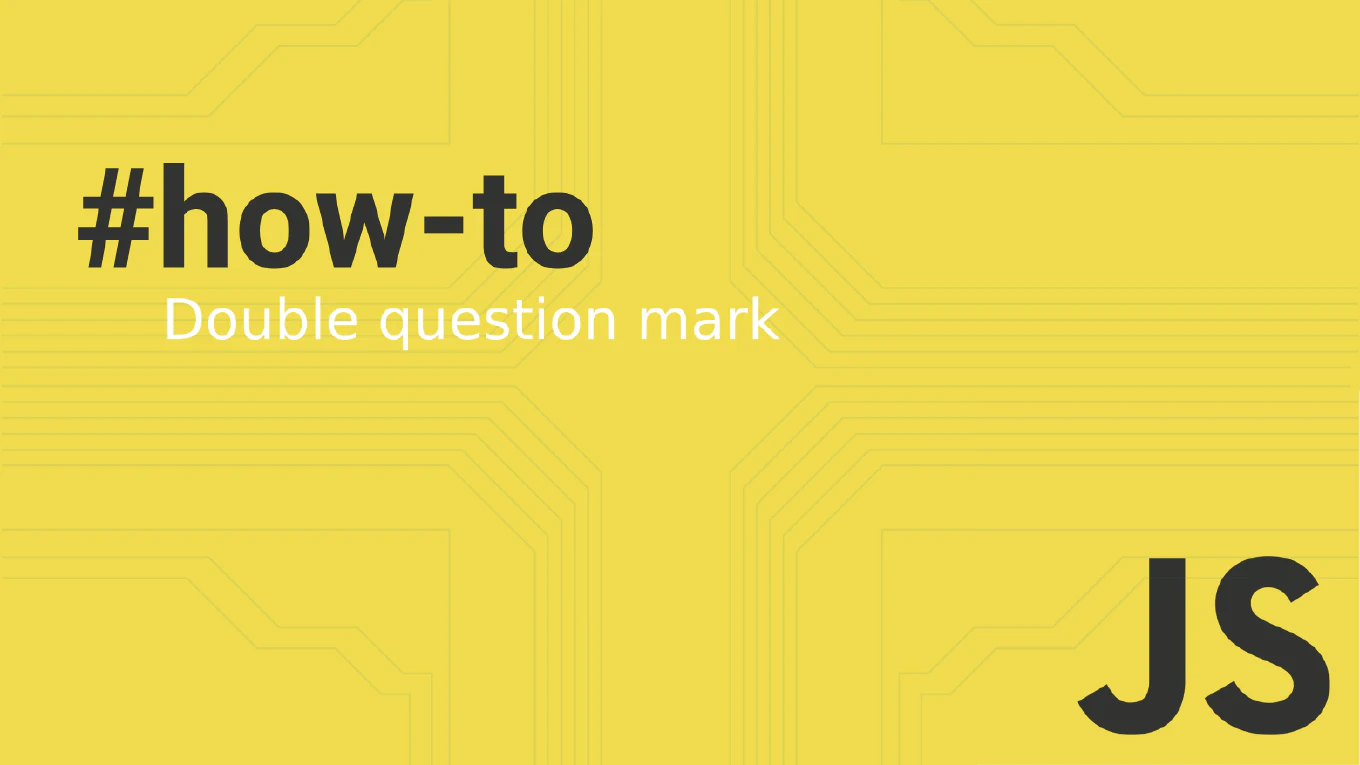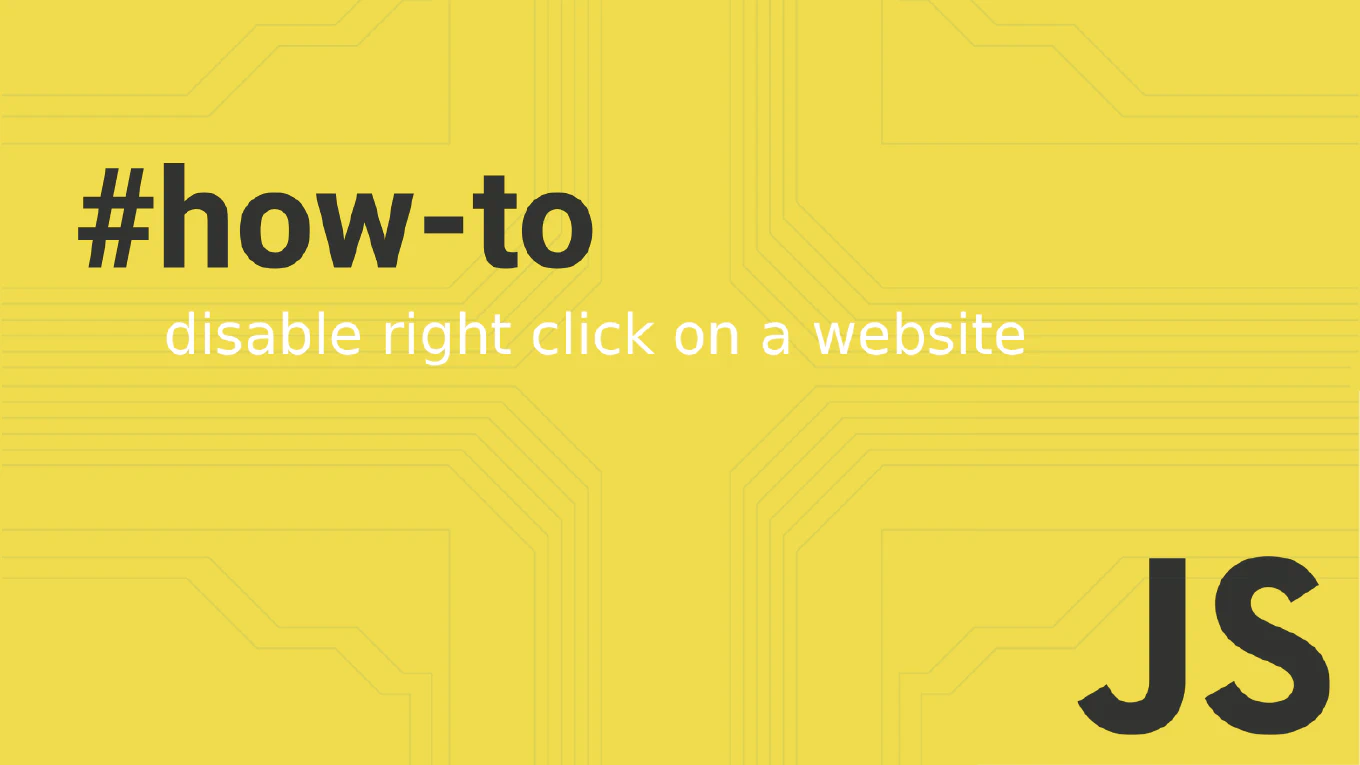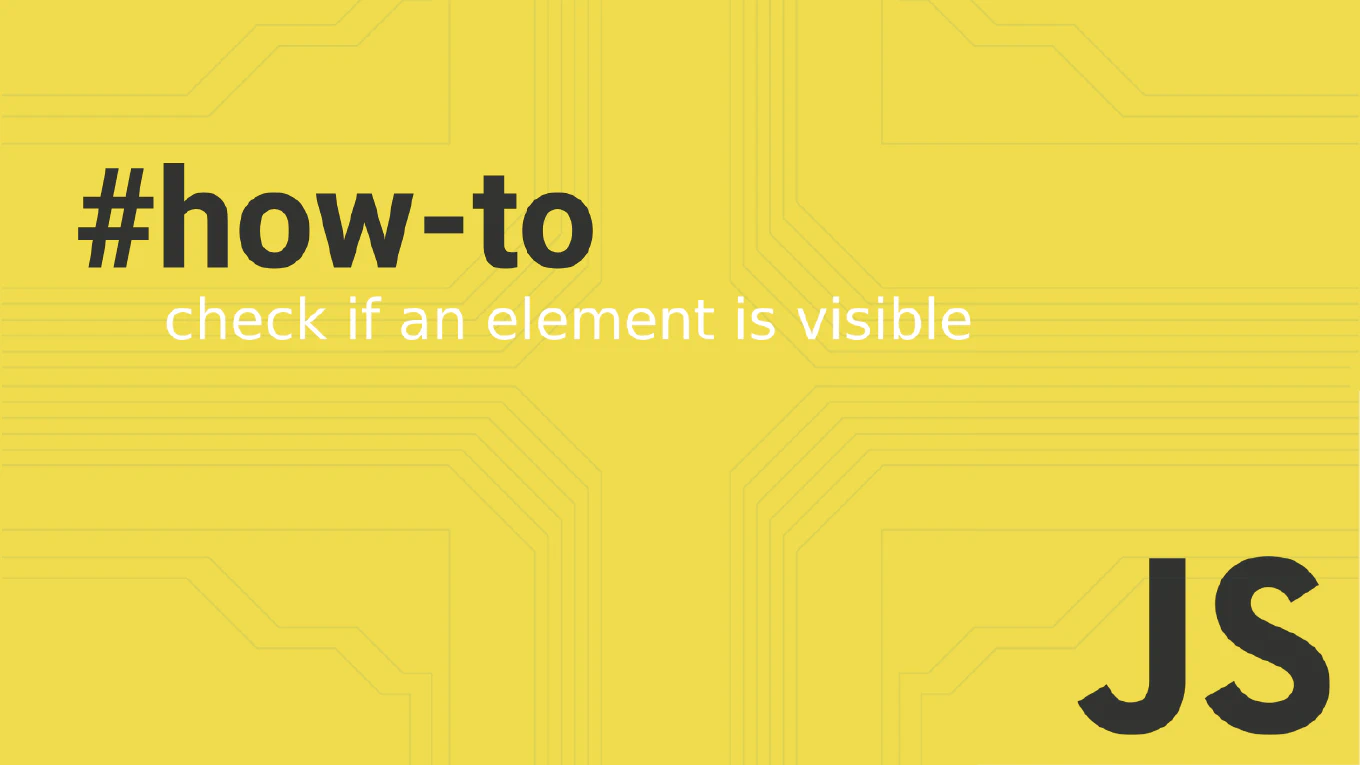How to check if a variable is null in JavaScript
Checking for null values is crucial for preventing runtime errors and handling optional data properly in JavaScript applications.
With over 25 years of experience in software development and as the creator of CoreUI, I’ve implemented null checks extensively in component prop validation and API response handling.
From my expertise, the most precise approach is using strict equality === null which specifically identifies null without conflating it with other falsy values.
This method provides exact null detection while maintaining code clarity and preventing unexpected behavior.
Use strict equality === null to check specifically for null values without matching other falsy values.
function isNull(value) {
return value === null
}
console.log(isNull(null)) // true
console.log(isNull(undefined)) // false
console.log(isNull(0)) // false
Here value === null uses strict equality to check if the variable is exactly null. This approach distinguishes null from other falsy values like undefined, 0, false, or empty strings. Unlike loose equality == null which also matches undefined, strict equality ensures you’re checking for null specifically. This precision is important when handling optional parameters or API responses where null and undefined may have different meanings.
Best Practice Note:
This is the same approach we use in CoreUI components for validating component props and handling optional configuration values. Always use strict equality for null checks to avoid unexpected matches with undefined or other falsy values in conditional logic.







